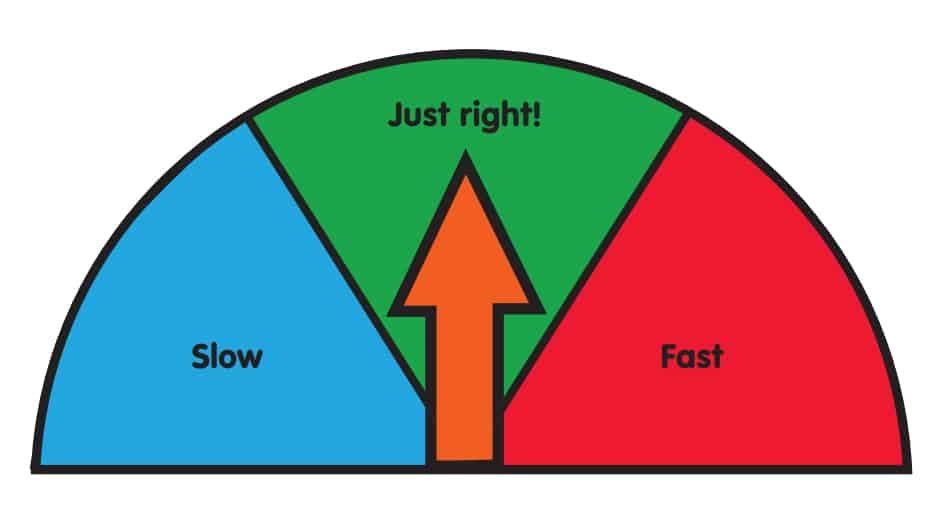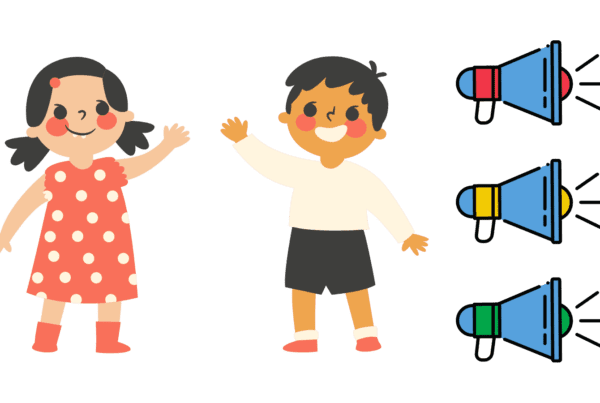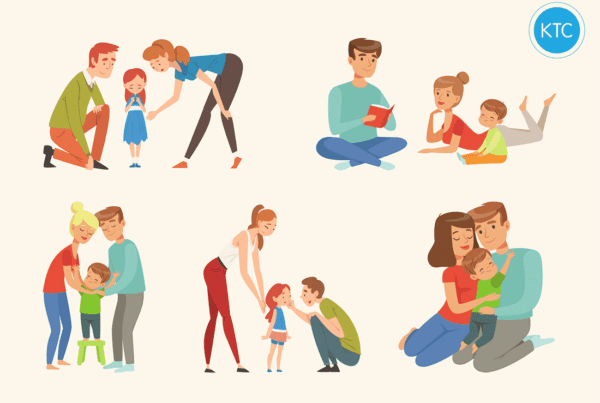Understanding Your Arousal Level with an Engine

Arousal levels can be described as the ability to demonstrate alertness, sustained attention, and situational awareness. People’s arousal levels can be anywhere over a spectrum from extreme under-arousal to extreme over-arousal. The ultimate arousal level is often described as the optimum level of arousal, which is the state in which we are most prepared to perform an age-appropriate task in an effective manner. Within one day children may experience points of alertness across the arousal spectrum spanning from under-arousal in the morning when they wake up, to over-arousal when playing soccer at lunch, and then to optimum arousal when in the classroom. This would be an ideal world! However, most children often experience difficulty demonstrating an appropriate arousal level to match the situation they are in. For example, you may notice your child to be in the over-arousal level at night-time when trying to go to sleep and in the under-arousal level during therapy sessions when attempting to do handwriting.
WHAT CAN YOU DO TO HELP?
First, it is important to help your child understand what the different arousal levels are, and what they feel like. Your child needs to be able to understand what under-arousal, over-arousal and optimum arousal is. A great way for children to understand this concept is to create an engine level with them. Below you will find an engine level with speeds for slow, just right and fast. Slow represents under-arousal; just right represents optimum arousal; and fast represents over-arousal. Creating a visual for your child will support multi-faceted learning and most children respond well to visual learning. To individualise your child’s engine level and further their understanding of the concept you can associate an animal or a car with each arousal level. For example, slow = sloth; just right = dog; fast = cheetah or slow = truck; just right = Toyota car; fast = Ferrari.
The next step is to incorporate the engine level into your child’s everyday life. You may notice that your child is in the over-arousal level when they are supposed to be seated at the table eating dinner. You can prompt your child with ‘Johnny, it looks like your engine is running too fast like a cheetah/Ferrari. Let’s try to slow down your engine to be just right like a dog/Toyota car?’. Continue to use this language with your child in everyday situations to consolidate their understanding of the concept.
Lastly, it can be challenging for children to change their arousal level independently. It may be beneficial to learn strategies that work for your child that support them to either slow down their engine, to speed it up or to remain at the just right level. Below are some alerting activities to help your child speed up their engine and some calming activities to help your child slow down. Remember everyone is different so you have to trial the activities first to identify if they work for alerting or calming.
Calming:
Like everyone, children who are
- Listen to music
- Put headphones on
- Chew gum
- Eat something crunchy
- Play in sand
- Fidget toys
- Blow bubbles
- Smell something nice (essential oils, scented playdoh/pens)
- Play with playdoh or theraputty
- Look at a fish tank
- Weighted lap blanket
- Shoulder massage
- Retreat to safe space and cosy corner
- Body sock
- Gym ball roll on back
- Yoga poses
- Drink of water
- Go for a walk
- Swing (lateral (forward/back); small; slow)
- Deep breathing
- Count to 10
Alerting:
- Dance to music
- Bunny hops
- Frog jumps
- Wheelbarrow walk
- Animal walks
- Jumping jacks
- Trampoline
- Bike ride
- Swing (circular (around and around); big; fast)
- Playground slides
- Bounce on therapy ball
- Scooter board
- Swimming




